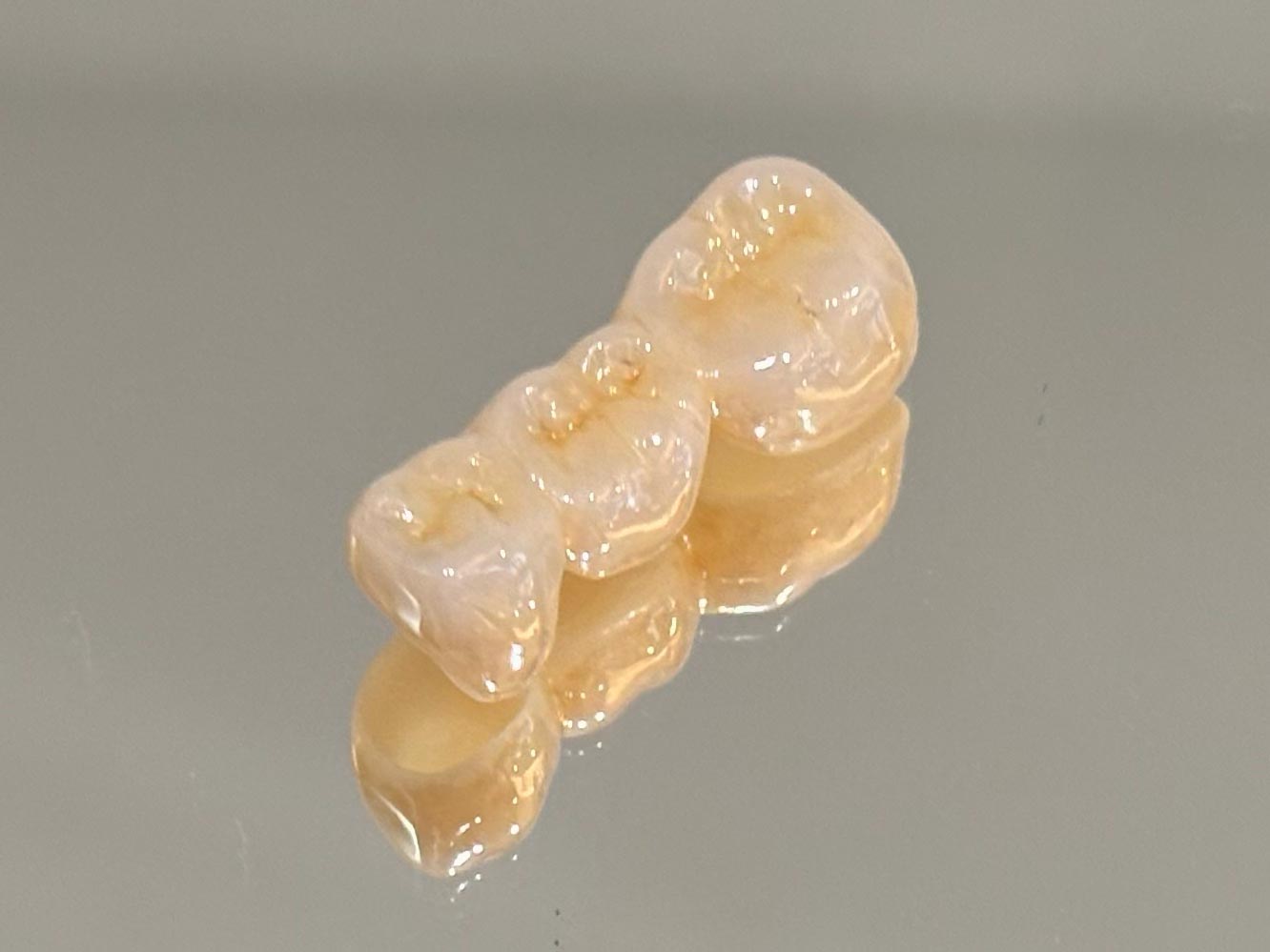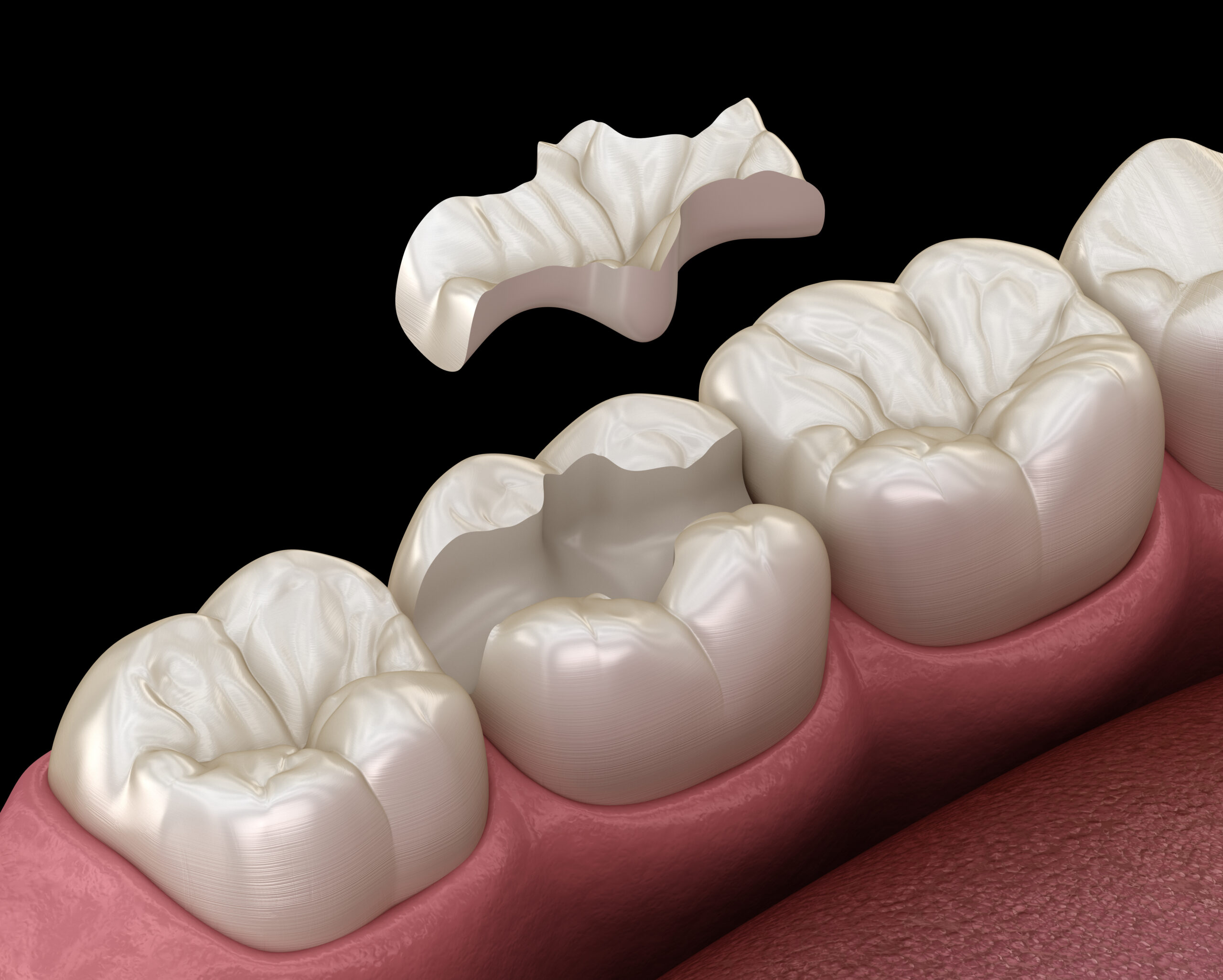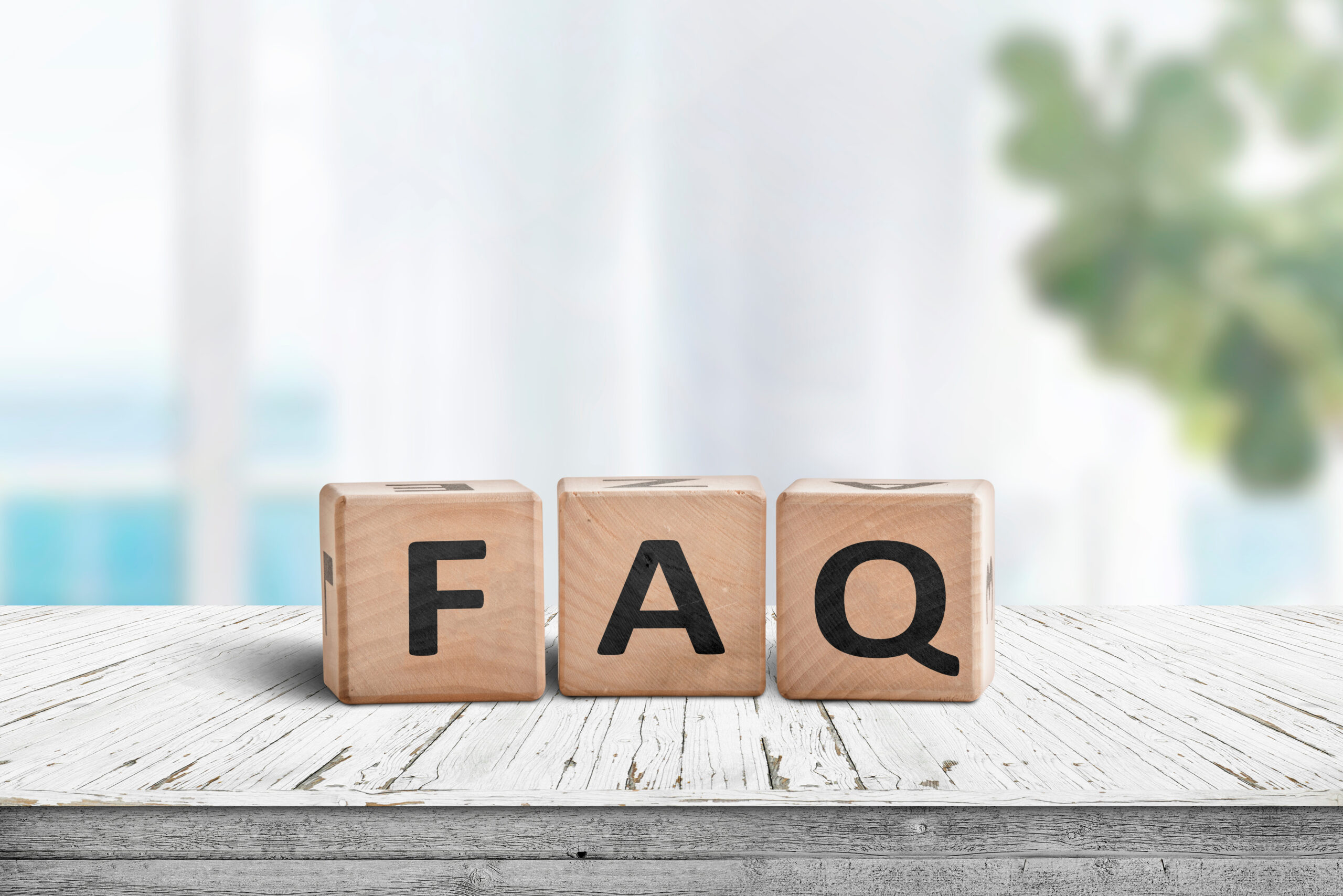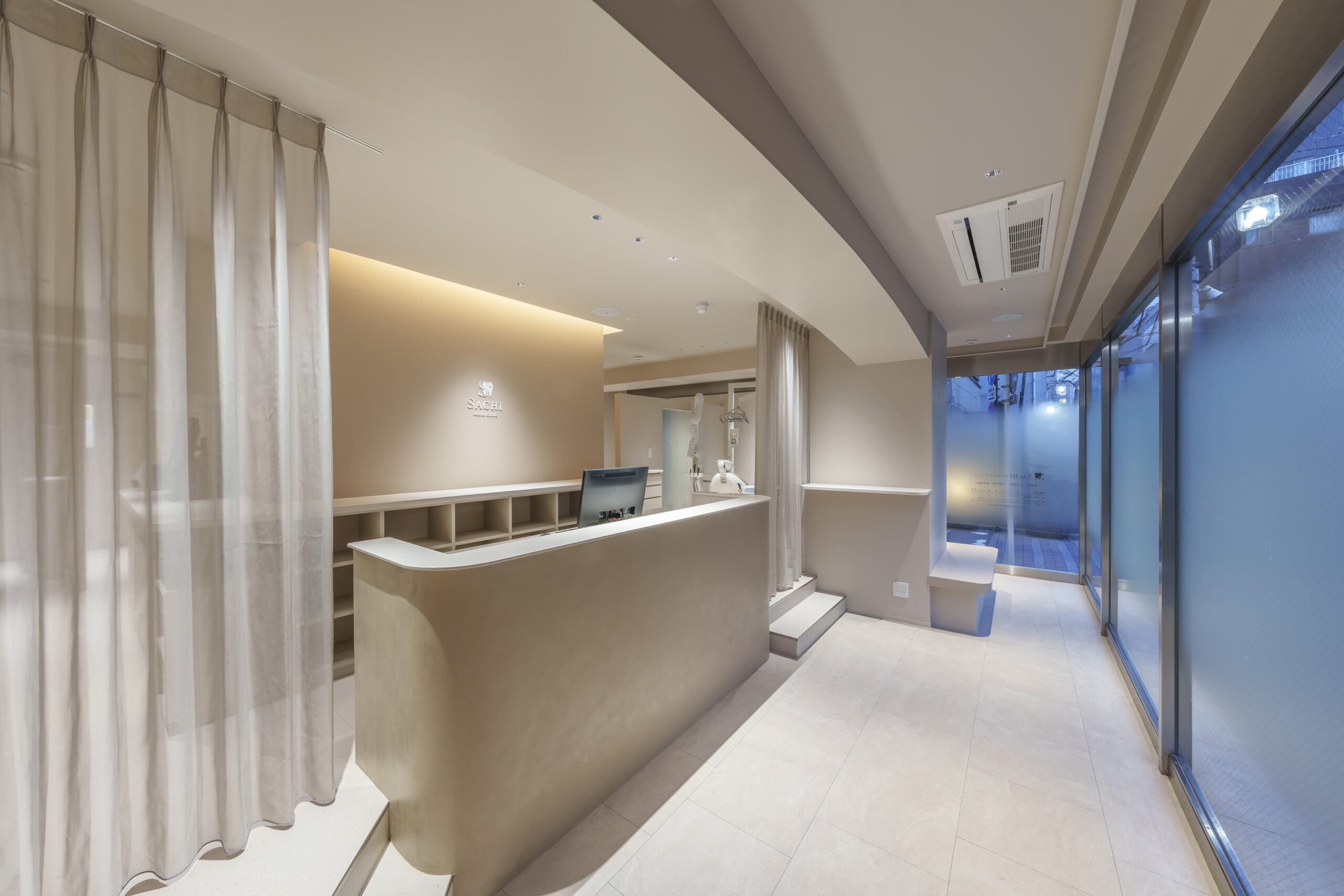Types of Ceramic Treatments and how to Choose
Publication Date:
Last Updated:
- Achieve a Beautiful Smile with Healthy Teeth | Realize Your Ideal Smile with Ceramic Treatment
- What is Ceramic Treatment?
- Advantages and Disadvantages of Ceramic Treatment
- Types of Ceramic Treatments | Which Material is Best?
- Methods of Ceramic Treatment | Inlay, Crown, Laminate Veneer
- Frequently Asked Questions (FAQ)
- View Other Treatment Options
Achieve a Beautiful Smile with Healthy Teeth | Realize Your Ideal Smile with Ceramic Treatment
Are you concerned about “silver fillings,” want to improve the color or shape of your teeth, or choose materials that are less prone to cavities? With the growing interest in cosmetic dentistry, ceramic treatments that combine the beauty of natural teeth with excellent functionality are gaining attention. At SACHI Dental Clinic in the Mita and Shiba Park area, we propose the most suitable ceramic treatment tailored to each patient’s wishes and oral condition.
What is Ceramic Treatment?
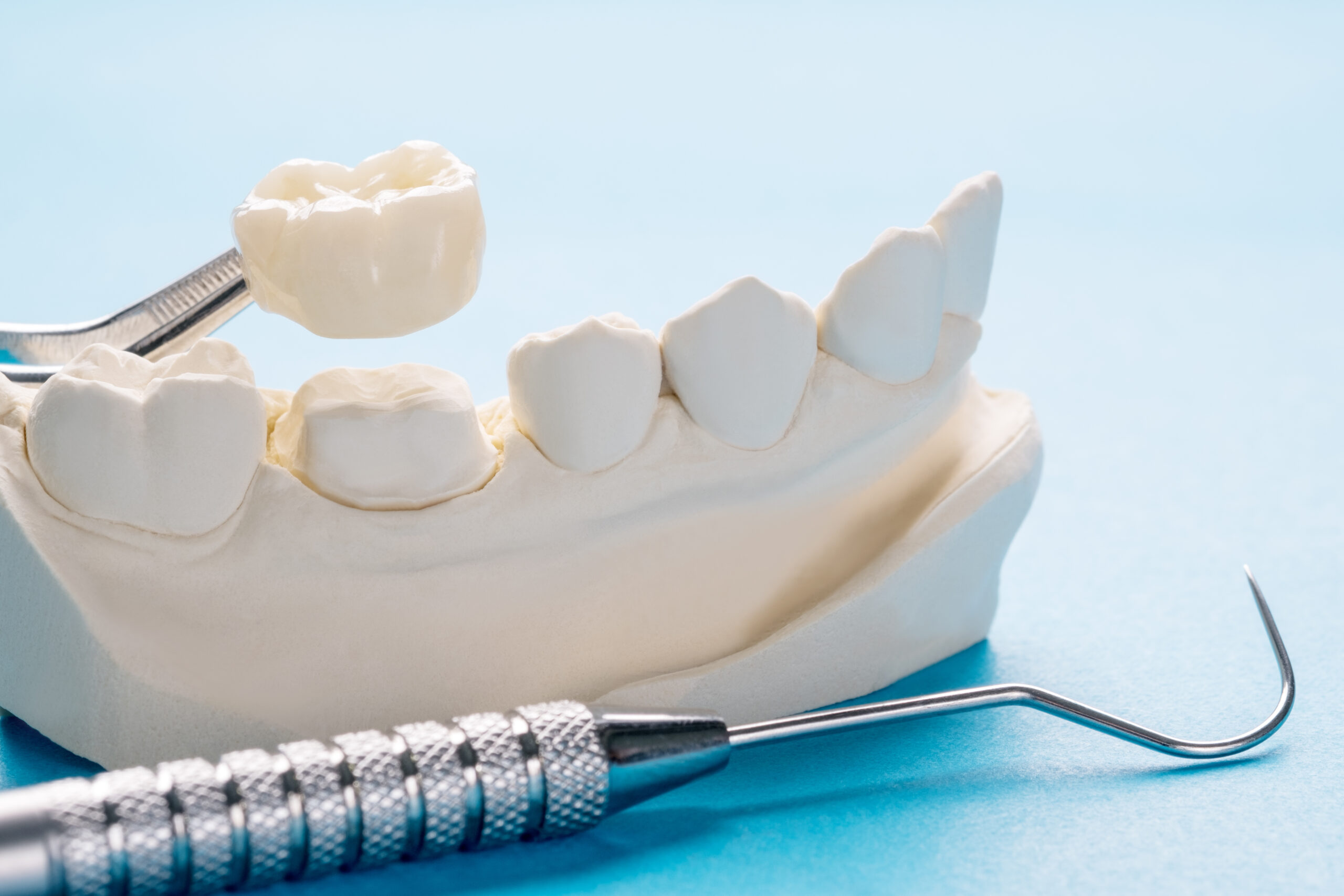
Ceramic treatment involves restoring parts of teeth that have been drilled due to cavities with ceramic (porcelain) fillings or crowns. Compared to metals or plastics used in conventional insurance treatments, it offers the following advantages.
- Excellent Aesthetics: It can replicate the color and translucency close to natural teeth, resulting in a very natural finish.
- High Durability: Ceramic is a very hard and durable material. With proper care, it can be used for a long time.
- Biocompatibility: Ceramic poses no risk of metal allergies and blends well with the gums, making it a body-friendly material.
- Stain Resistance: Its smooth surface makes it resistant to plaque and stains, helping prevent cavities and periodontal disease.
Due to these benefits, “Ceramic Cosmetic Dentistry” is not only effective for aesthetic beauty but also for maintaining oral health in the long term.
Advantages and Disadvantages of Ceramic Treatment
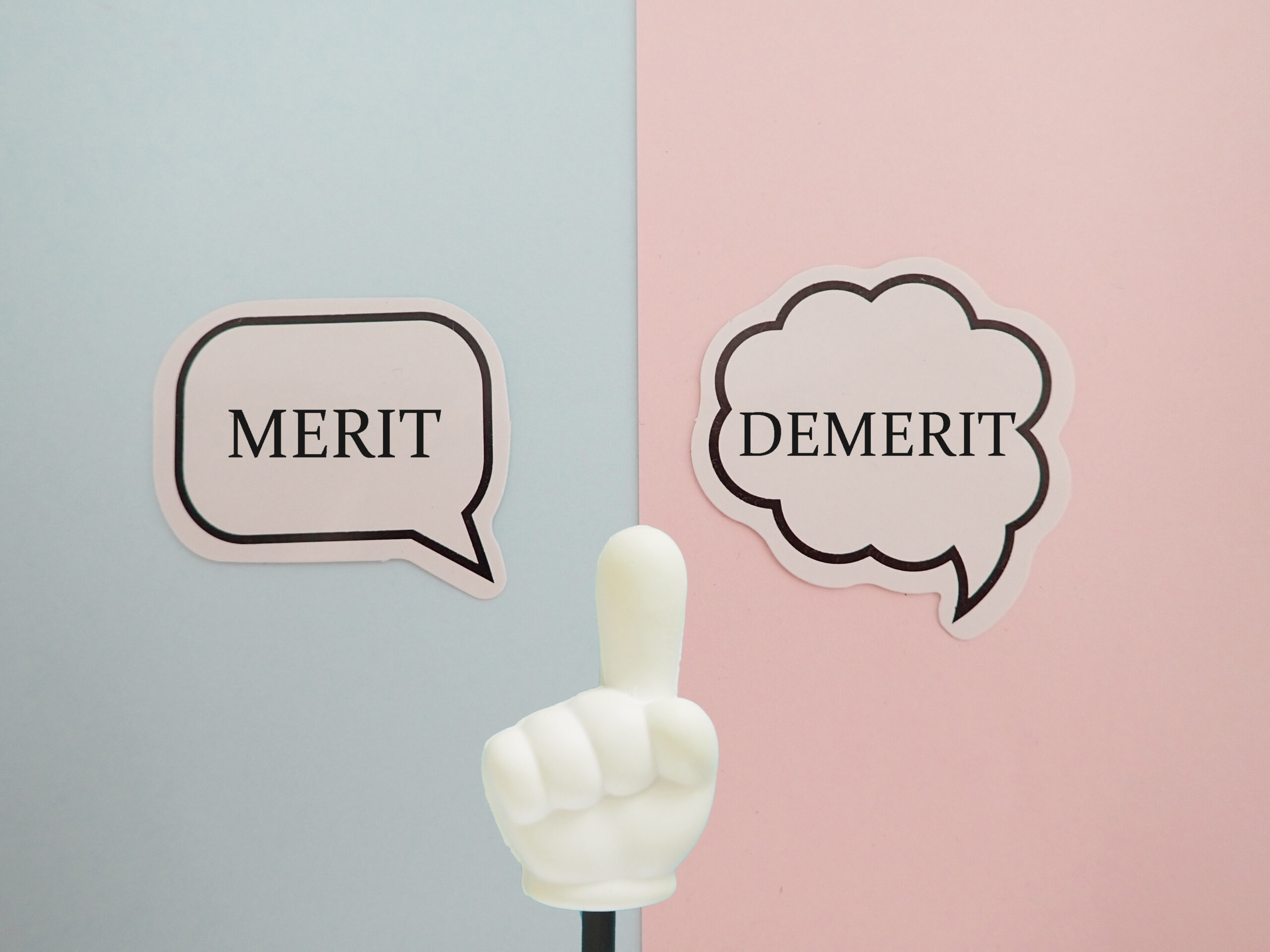
While ceramic treatment offers many advantages, there are also disadvantages. It is important to understand both when choosing a treatment.
| Advantages | Disadvantages |
|---|---|
|
|
Types of Ceramic Treatments | Which Material is Best?
At SACHI Dental Clinic, we offer a variety of ceramic materials tailored to the patient’s wishes and oral condition.
All-Ceramic (E-Max, etc.)
All-ceramic is a material made entirely of ceramic. It excels in aesthetics, replicating the translucency and natural color of natural teeth. It is also strong and can be used for a wide range of teeth, from front to back. Recommended for those who prioritize appearance.

- Advantages:
- Extremely high aesthetic quality
- Translucency close to natural teeth
- No risk of metal allergies
- Minimal discoloration due to aging
- Disadvantages:
- More expensive compared to other materials
- May crack under strong impact
About E-Max
One of the all-ceramic materials we use is e-max, a new ceramic material primarily composed of lithium disilicate glass.
It is stronger than conventional ceramics and has wear properties similar to natural teeth, making it less likely to damage opposing teeth.
Additionally, it has high color reproducibility and translucency, making it suitable for treatments in areas where aesthetics are important, such as the front teeth.
Zirconia
Zirconia, also known as artificial diamond, is a ceramic material with very high strength. It is suitable for areas that require strong force, such as molars. Recently, types with translucency have also appeared, allowing for use in front teeth. Recommended for those who prioritize strength and durability.
- Advantages:
- Extremely high strength
- Suitable for bridges in molars
- No risk of metal allergies
- Disadvantages:
- Less translucent compared to all-ceramic
- May occasionally crack depending on bite conditions
Zirconia Ceramic
Zirconia ceramic is a material with a zirconia frame covered with ceramic on the surface. It combines the strength of zirconia with the aesthetics of ceramic.
- Advantages:
- Very high strength
- Beautiful appearance
- No risk of metal allergies
- Disadvantages:
- More expensive due to the labor-intensive production compared to all-ceramic
- The ceramic surface may chip under strong impact
Hybrid Ceramic
Hybrid ceramic is a material that combines ceramic and resin (dental plastic). It combines the beauty of ceramic with the flexibility of resin. Recommended for those who want to achieve white teeth while keeping costs down.
- Advantages:
- Cheaper compared to ceramic
- Relatively soft, making it less likely to damage surrounding teeth
- No risk of metal allergies
- Disadvantages:
- Less aesthetic and durable compared to all-ceramic or zirconia crowns
- May discolor over time
- Prone to staining due to water absorption
Methods of Ceramic Treatment | Inlay, Crown, Laminate Veneer
There are mainly three methods of ceramic treatment.
Inlay (Filling)
Inlay refers to a partial filling placed in the drilled part of a cavity. It is suitable for treating small cavities or cavities between teeth.
Crown

A crown is a cap used when a cavity has progressed significantly, requiring extensive drilling, or to reinforce a tooth after a root canal. It covers the entire tooth, providing high strength and is suitable for molar treatment.
Laminate Veneer
Laminate veneer is a treatment method where the surface of the tooth is lightly shaved, and a thin ceramic shell is attached. It is suitable for significantly changing the color or shape of teeth or correcting minor misalignments. Mainly used to enhance the aesthetics of front teeth.
Frequently Asked Questions (FAQ)
- Is ceramic treatment painful?
- Ceramic treatment is performed under local anesthesia as needed, similar to cavity treatment. At our clinic, we use surface anesthesia and electric anesthesia devices to minimize the pain of anesthesia injections.
- How much does ceramic treatment cost?
- Ceramic treatment is a self-funded treatment not covered by insurance. Costs vary depending on the type of ceramic used and the treatment area, so we will explain in detail during the consultation.
- How long does ceramic last?
- The lifespan of ceramic varies depending on the material used, the patient’s oral condition, and maintenance status, but it is generally said to last over 10 years. However, it may crack or chip under strong impact, so caution is necessary. Regular maintenance and proper care can extend its use.
- Can ceramic crack?
- Ceramic is a very hard material, but it can crack or chip under strong impact. Those with habits of grinding or clenching teeth should be cautious. We propose measures such as wearing a mouthguard during sleep, so please consult us.
- What is the difference from white fillings covered by insurance?
- White fillings used in insurance treatments are made of a plastic material called composite resin. Composite resin has lower strength compared to ceramic and is prone to discoloration and wear over time. It also absorbs water, making it prone to staining and increasing the risk of cavity recurrence. On the other hand, ceramic is strong, resistant to discoloration and wear, and less prone to staining, offering superior aesthetics, durability, and functionality.
View Other Treatment Options
Treatment Menu
Bite Alignment Treatment
Treatment Menu
Wisdom Teeth
Treatment Menu
Pediatric Dentistry
Treatment Menu
Orthodontics Invisalign
Treatment Menu
Dental Check-ups and Preventive Dentistry
Treatment Menu
Root Canal Treatment
Treatment Menu
Periodontal Disease Treatment
Treatment Menu
Whitening
Treatment Menu
Cosmetic Dentistry
